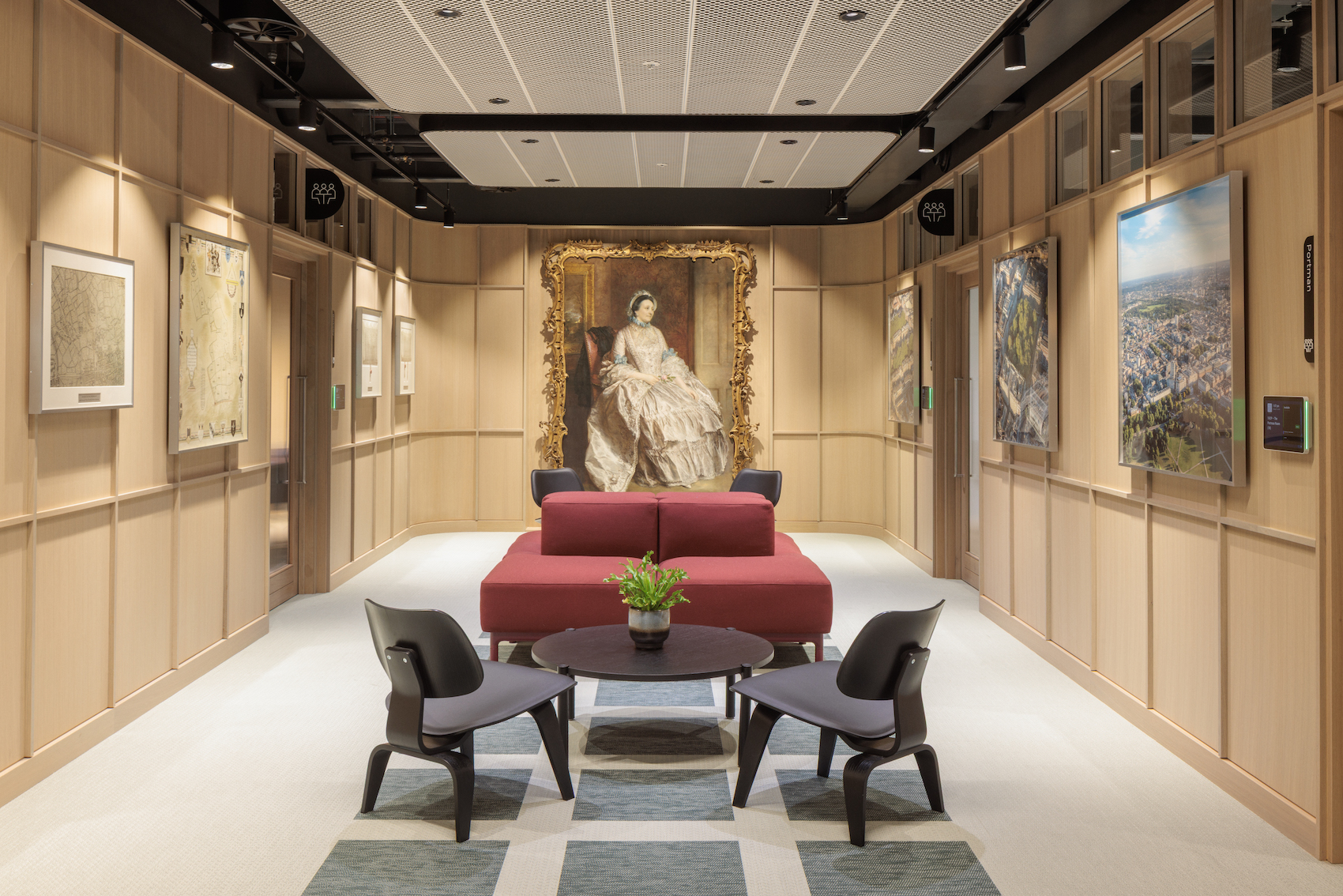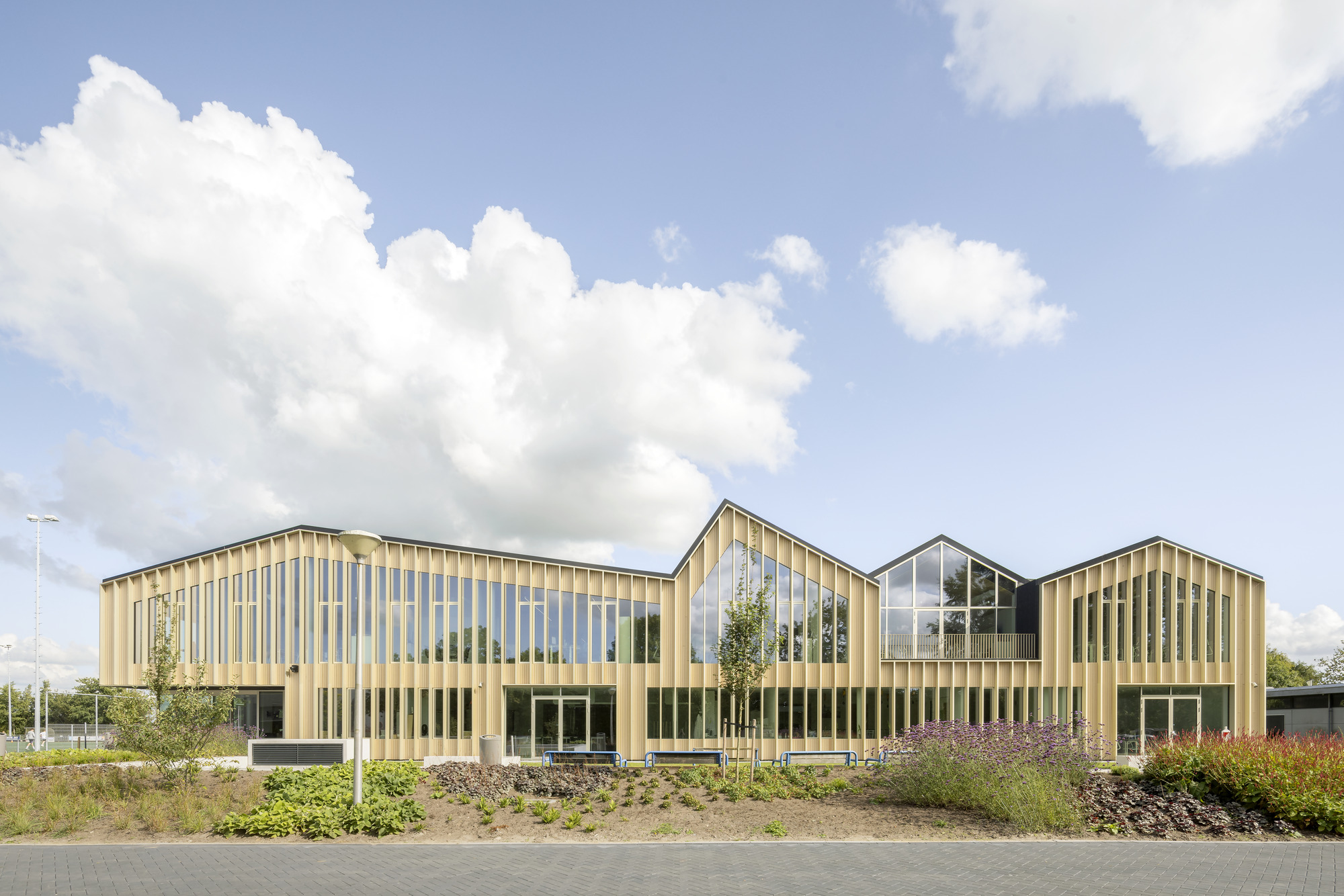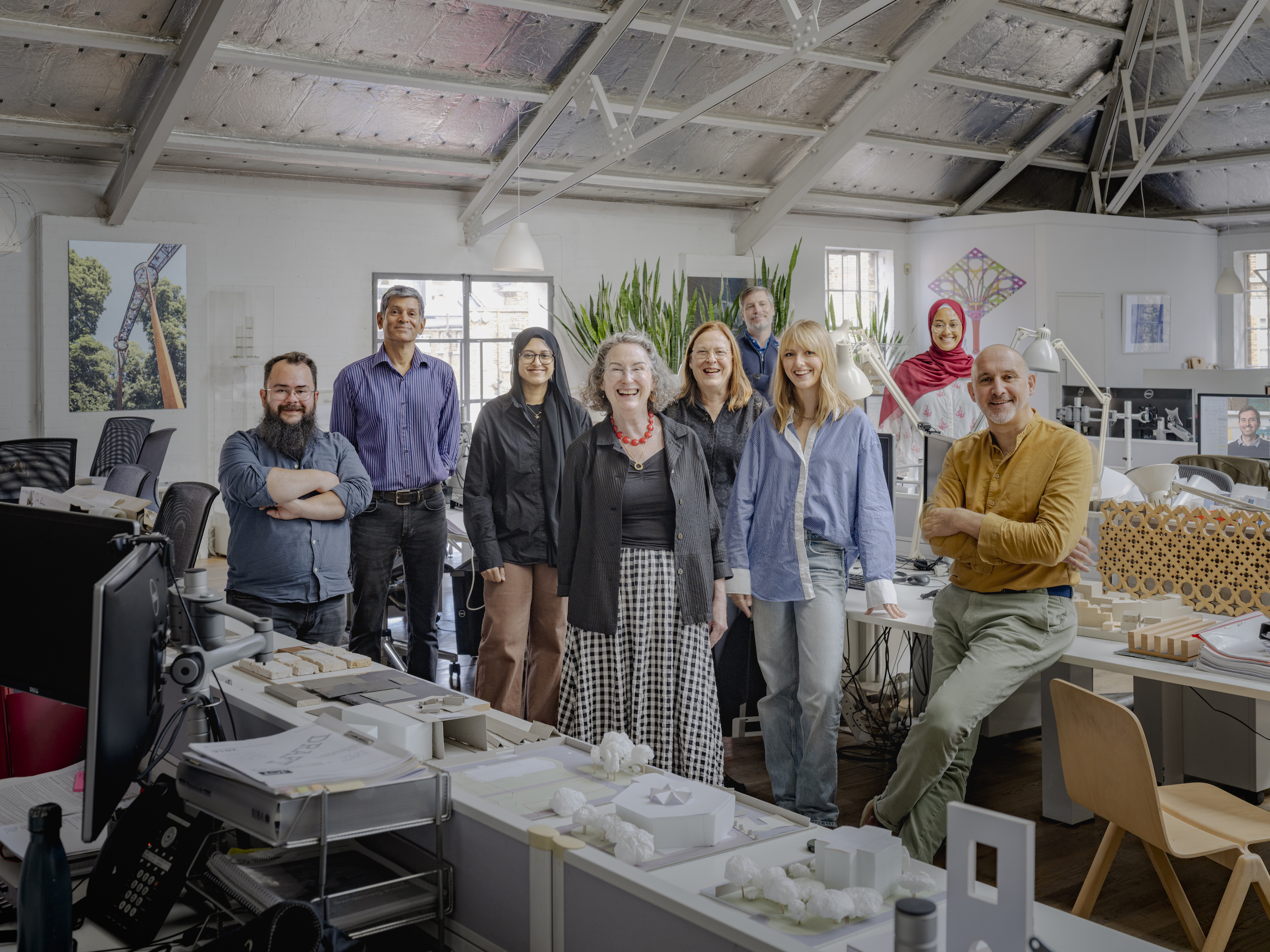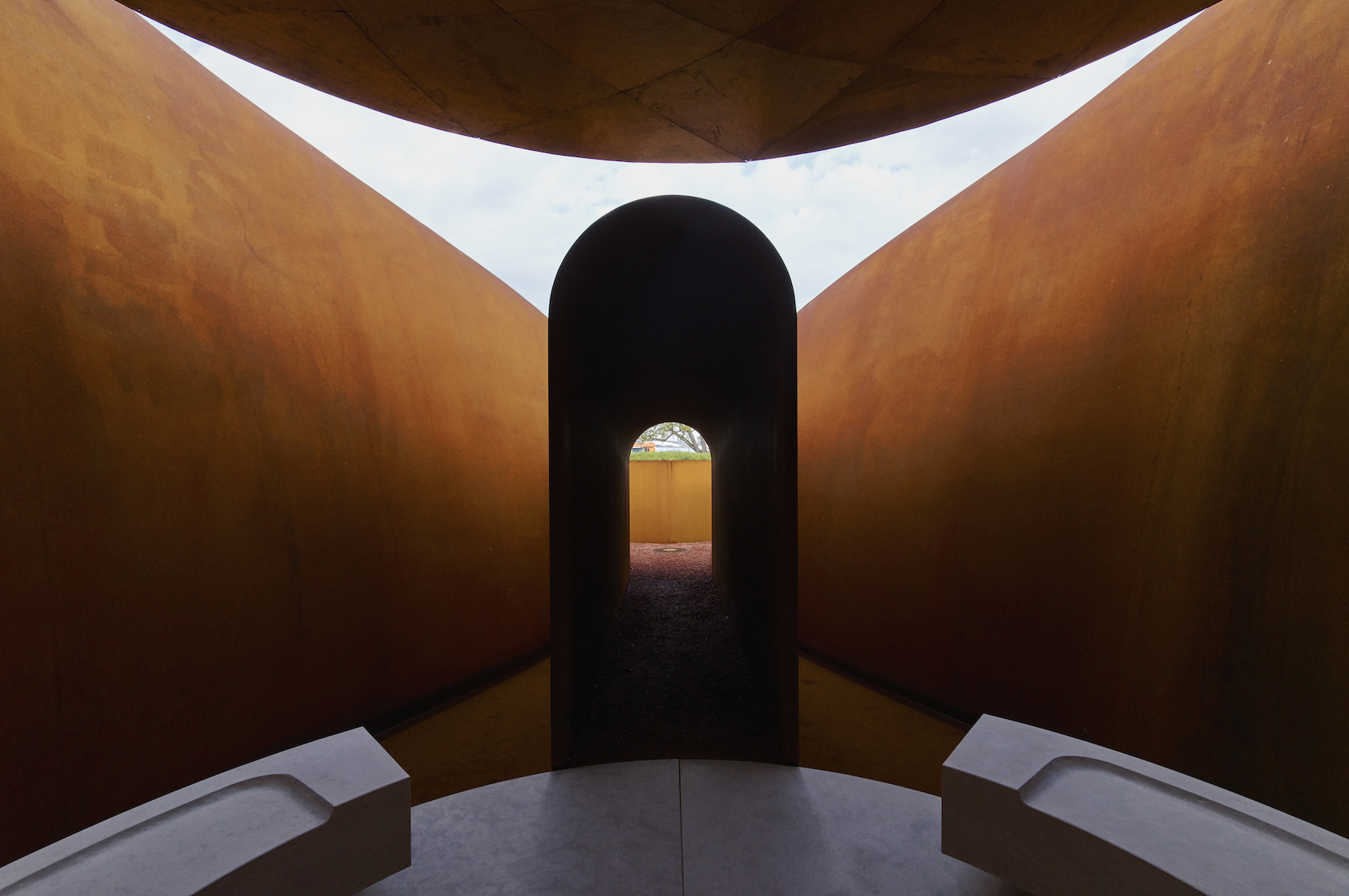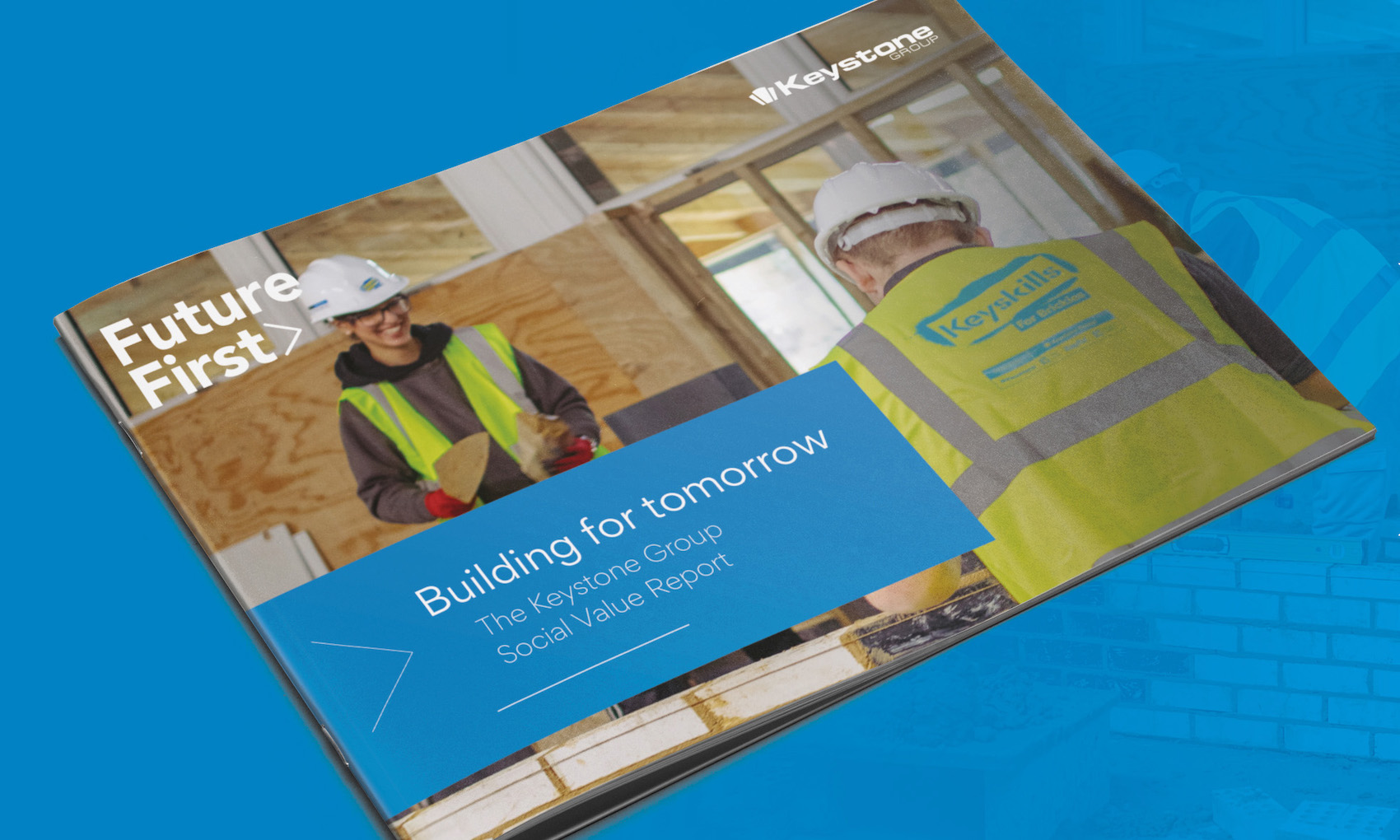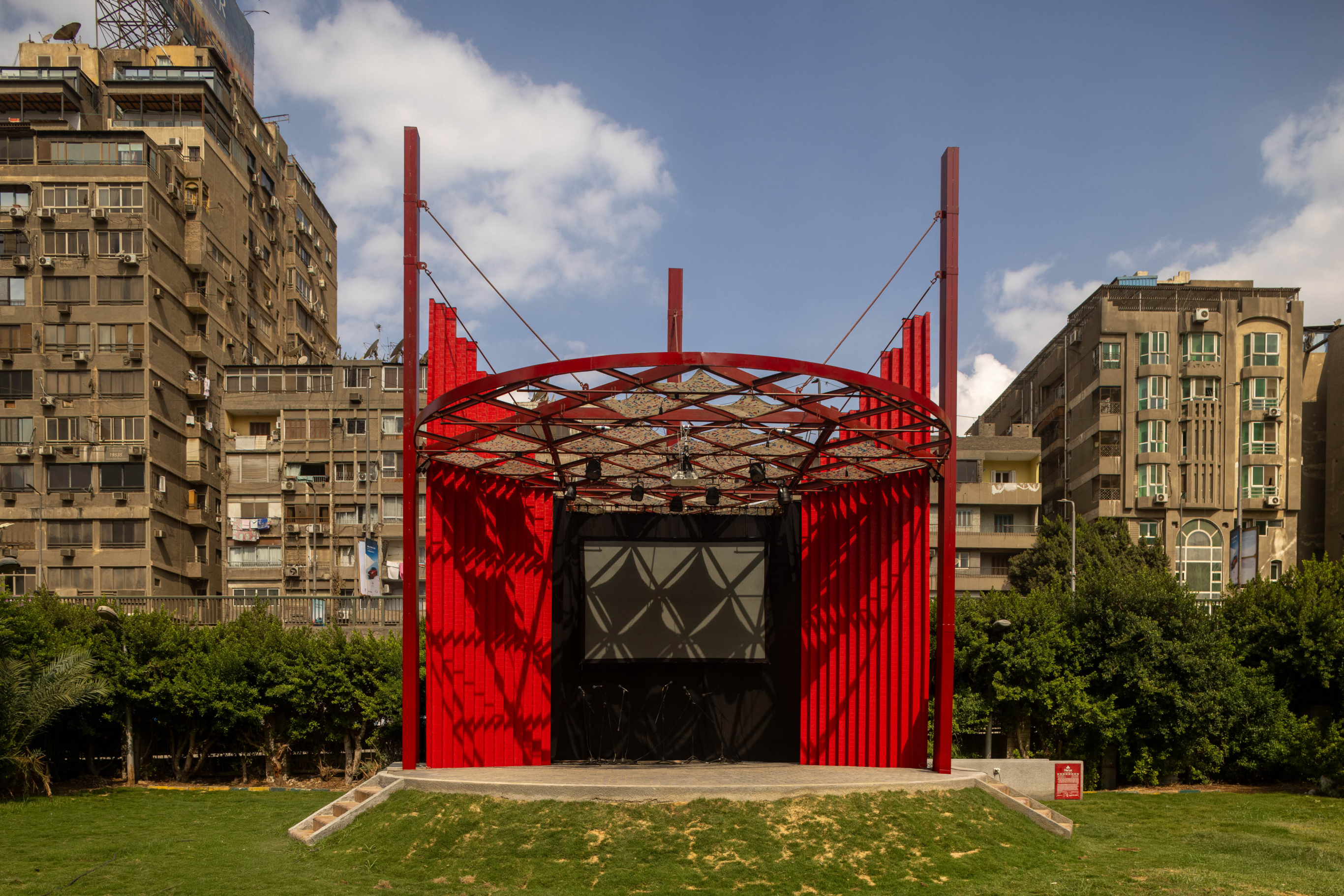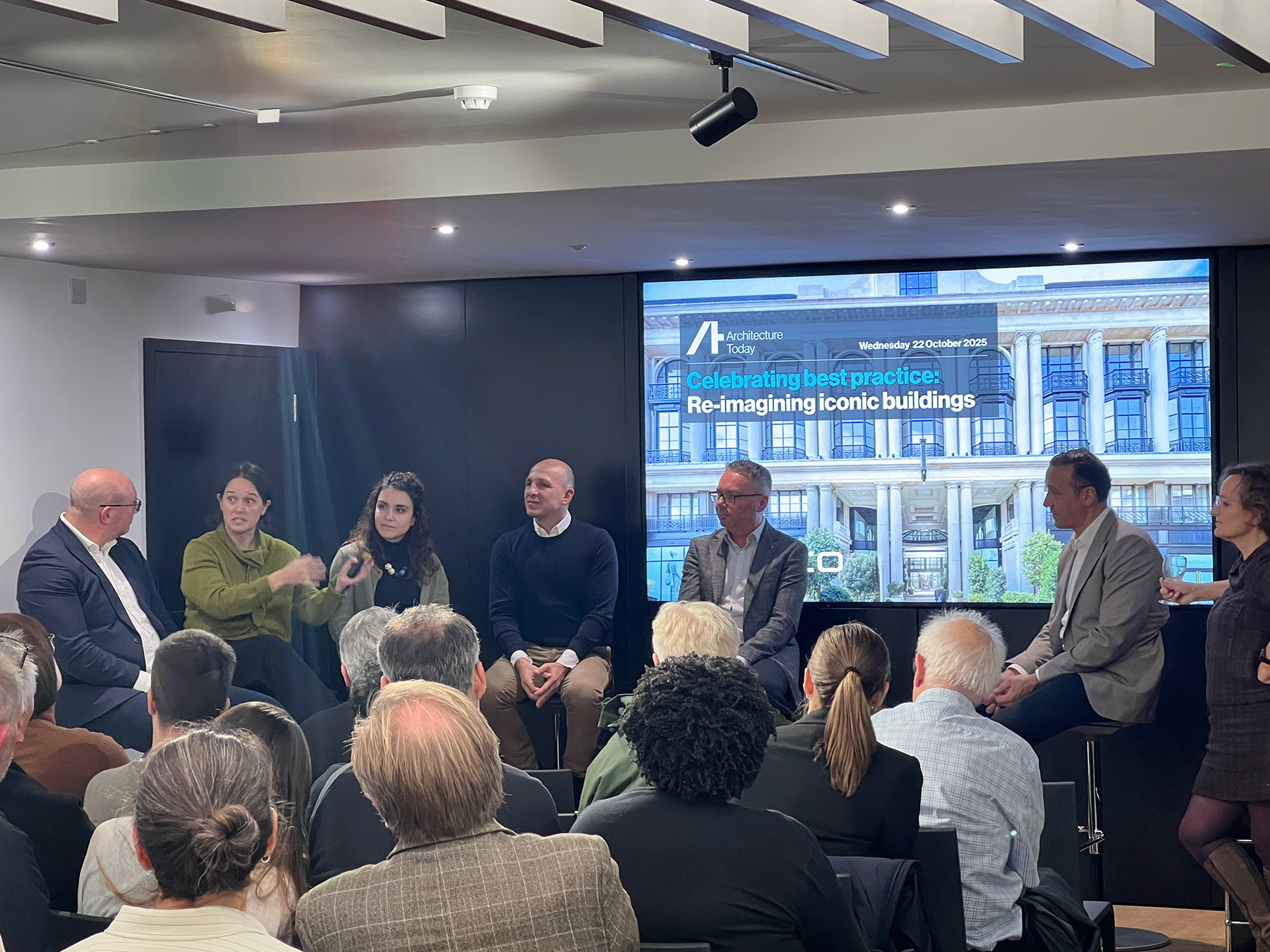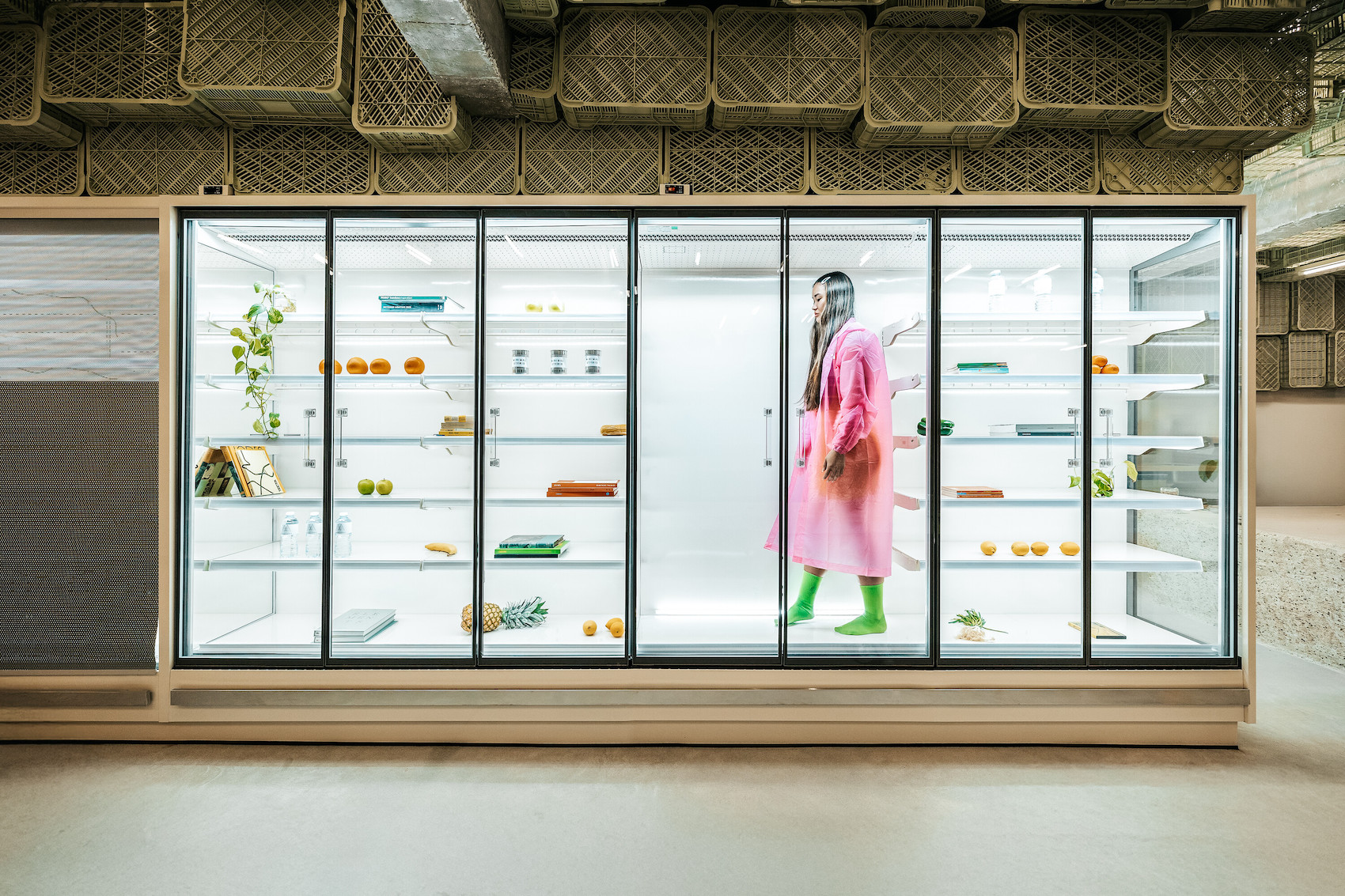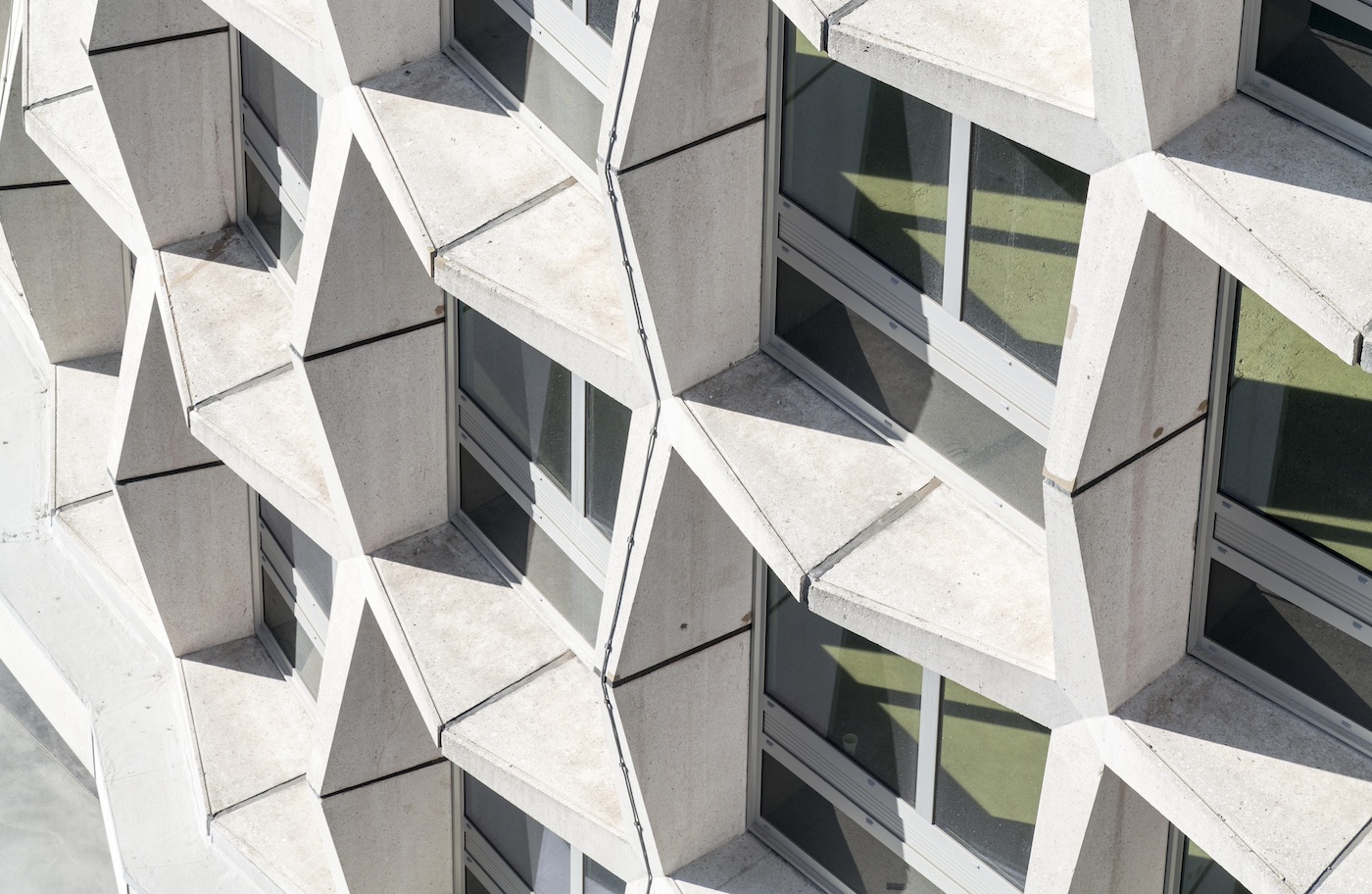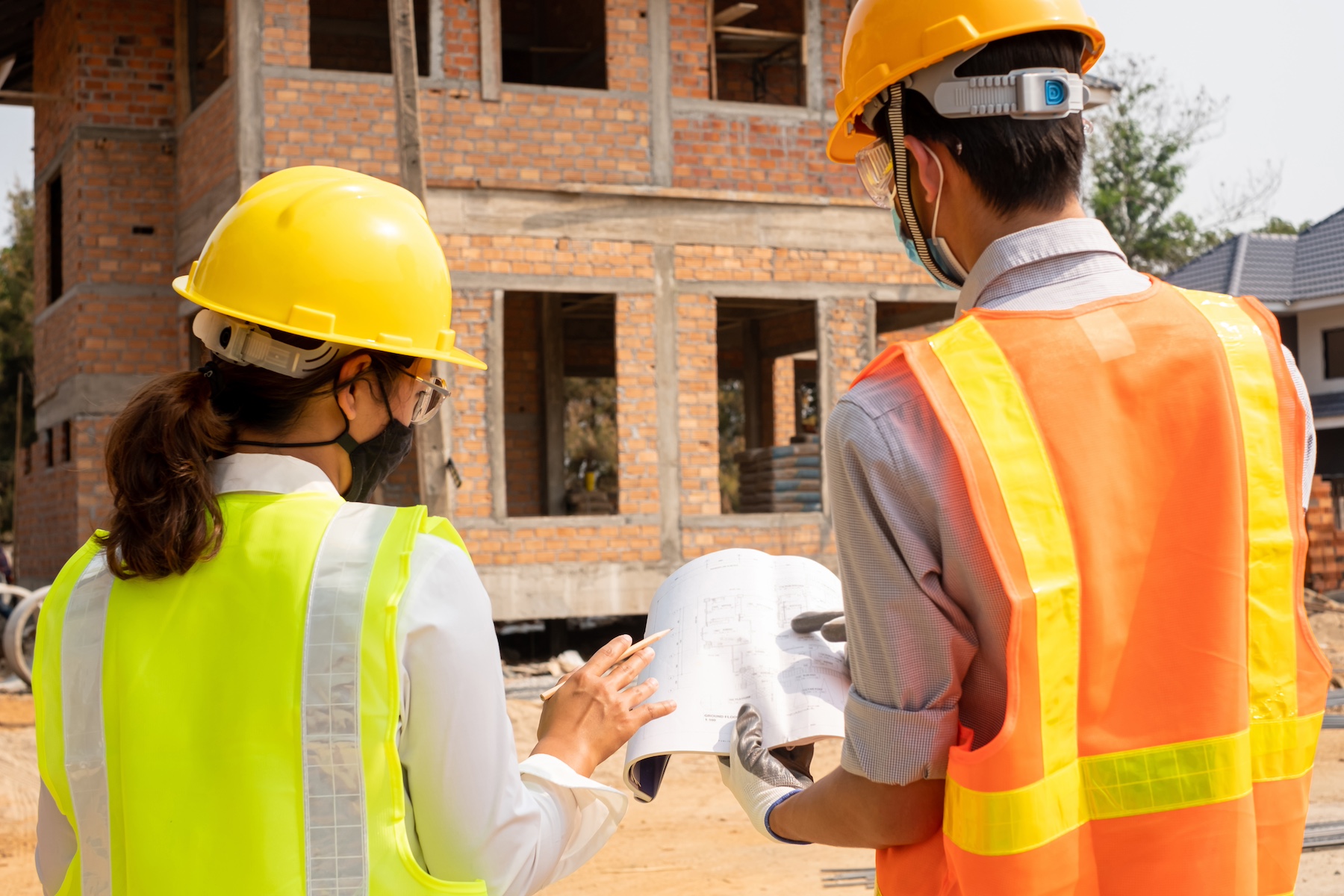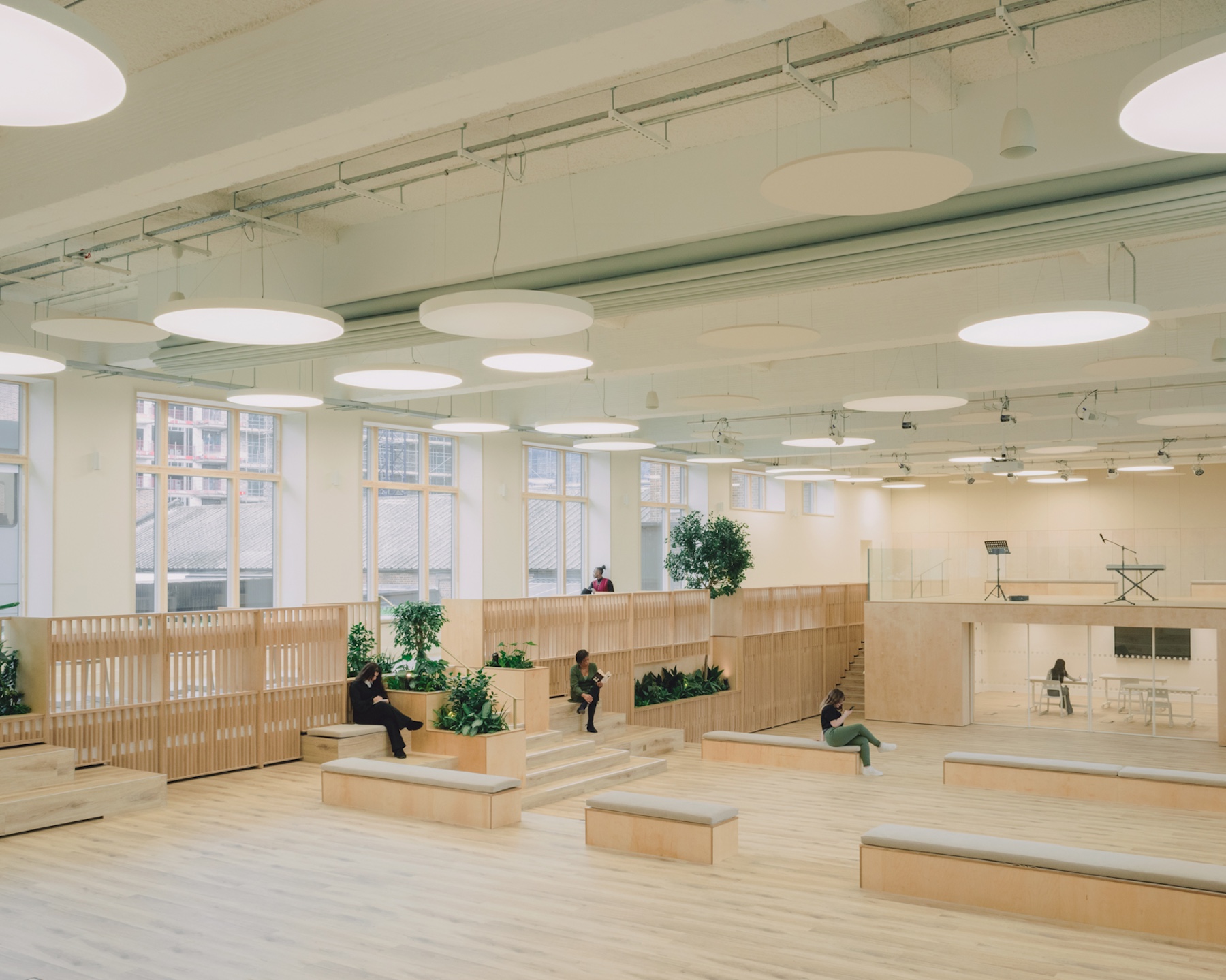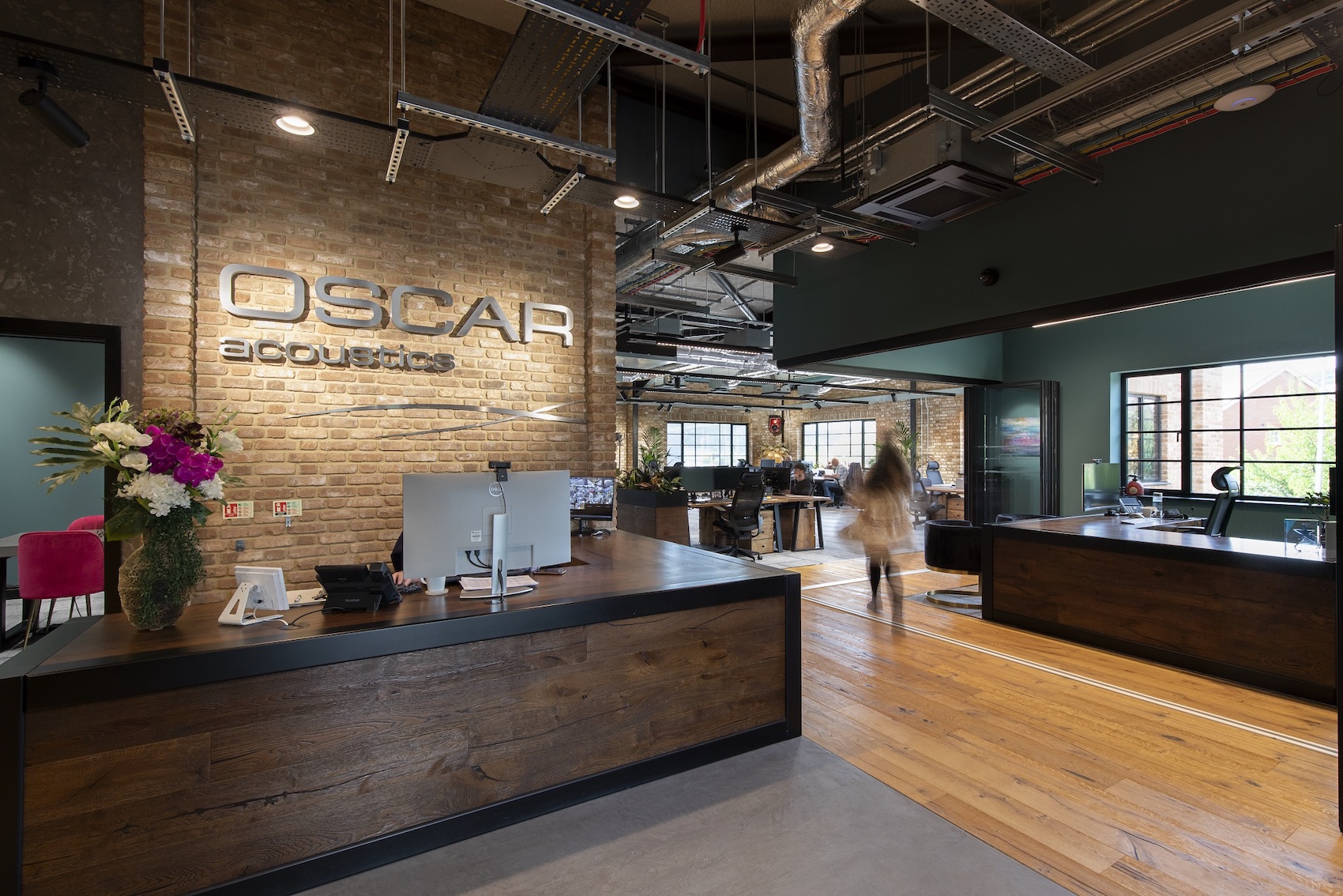Based in a former police training academy in Glasgow’s Laurieston, Stallan-Brand work in a neighbourhood that has suffered brutal and dislocating changes, but which they are helping to heal and evolve in a gentle and organic way.
Nick Ecob, Paul Twynam, Siobhain Forde and Alan Garland of Stallan-Brand photographed in the original gym of the former police academy in Glasgow’s Lauieston, which now houses their studio. “We use this as our ‘baggy space’ and model making studio and for crits and meetings and parties. The light is beautiful and we even use the old gym benches. the studio has become a well-recognised cultural space alongside our street-front gallery and we are really proud to open our doors up to the city.”
The practice moved to Oxford House in 2016. It’s a former police training academy that’s gradually being developed for workspace and still bears many hallmarks of its original use. Our main studio space was the canteen which we imagine would have been filled with conversation and activity. We have kept it as a large open plan space which encourages interaction – we don’t necessarily sit in our project teams so there is always a lot of movement, discussion and interaction. It’s good to think that we have continued to keep it a lively space.
The office is in Laurieston, which straddles the city centre and the more residential south side, and is a really important part of the city for the studio. We developed the masterplan for the Laurieston transformational regeneration area and have delivered several of the flatted and housing parcels over a 10 year period. The phase that’s currently on site creates a new high street frontage and will bring significant change to the area. We can watch the flats being built from the studio window. We feel very much part of an area which is evolving in a gradual and organic way.
This part of the city needed to be healed; it had already been through several sweeping, brutal and dislocating changes in the last 60-70 years, so a gentle approach felt like the right way. It’s a development which can act like a bridging piece, physically knitting the fractured parts of the city together again and allowing the community to bed in.
The Laurieston masterplan is a really important and successful redevelopment for Glasgow. It’s delivering mixed-tenure flats and townhouses alongside significantly improved safe and well-connected routes with active green spaces. The construction has been ongoing for 10 years, and still continues. It’s a long time, but it has meant that the development can knit into its surroundings in a gentler way.
Scottish Borders Council had the appetite to deliver really ambitious learning spaces. So Broomlands Primary School is another key example of regenerative practice for us. The project triggered a ripple effect, leading to a number of other school projects in the borders that respond to the unique characteristics of the individual communities they serve.
We always begin with a rigorous and collaborative briefing phase in which we establish some clear goals. These typically include the physical and environmental performance of the building and will often extend to various other factors such as improving school attendance rates.
We try really hard to foster a culture of discussion, support and knowledge sharing. We work closely with our clients and their teams through the briefing phases and through all subsequent stages, often remaining in touch with clients, stakeholders and end users long after handover.
By establishing trusted relationships, we often have repeat work for clients which allows us to review lessons learned and apply relevant findings to the new brief. These learnings are folded back into our practice, enabling us to continually refine our methods and strengthen our capacity to deliver truly regenerative architecture.
Nick Ecob, Paul Twynam, Siobhain Forde, Alan Garland
Stallan-Brand
Glasgow



